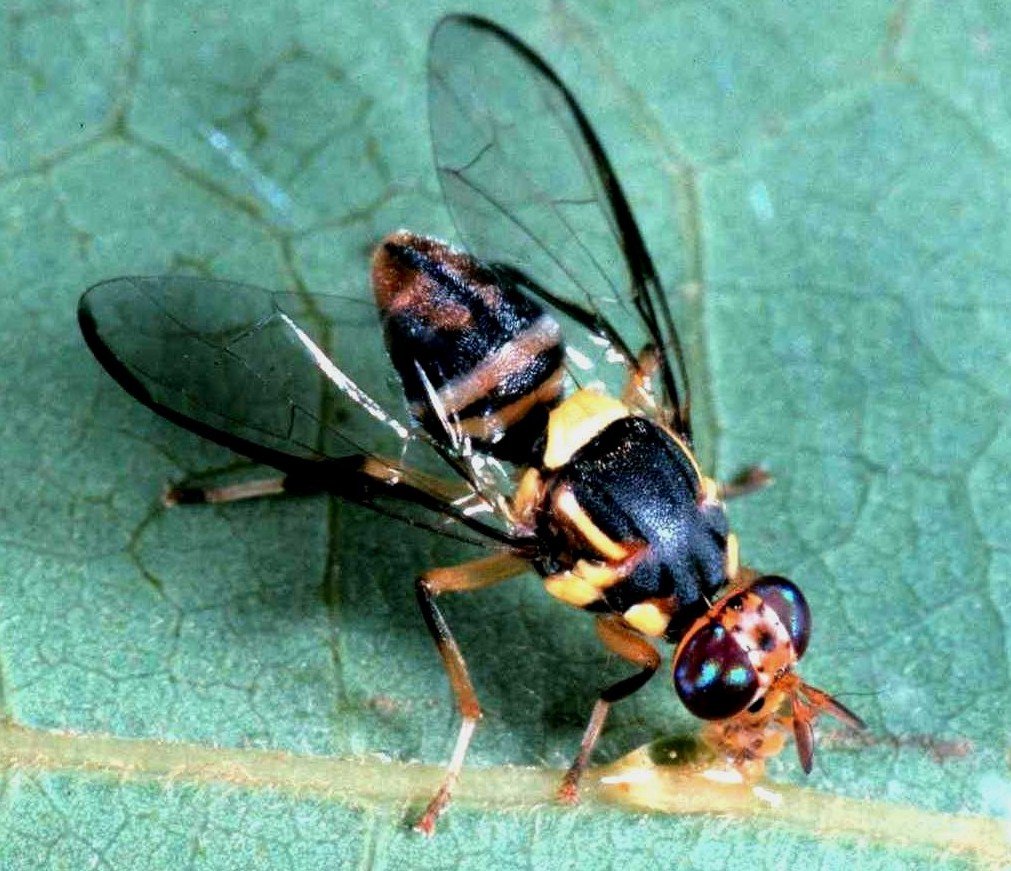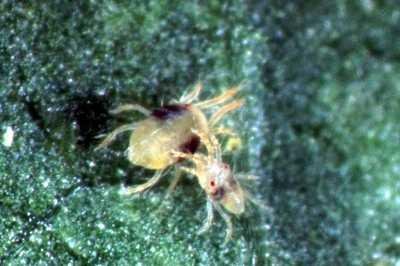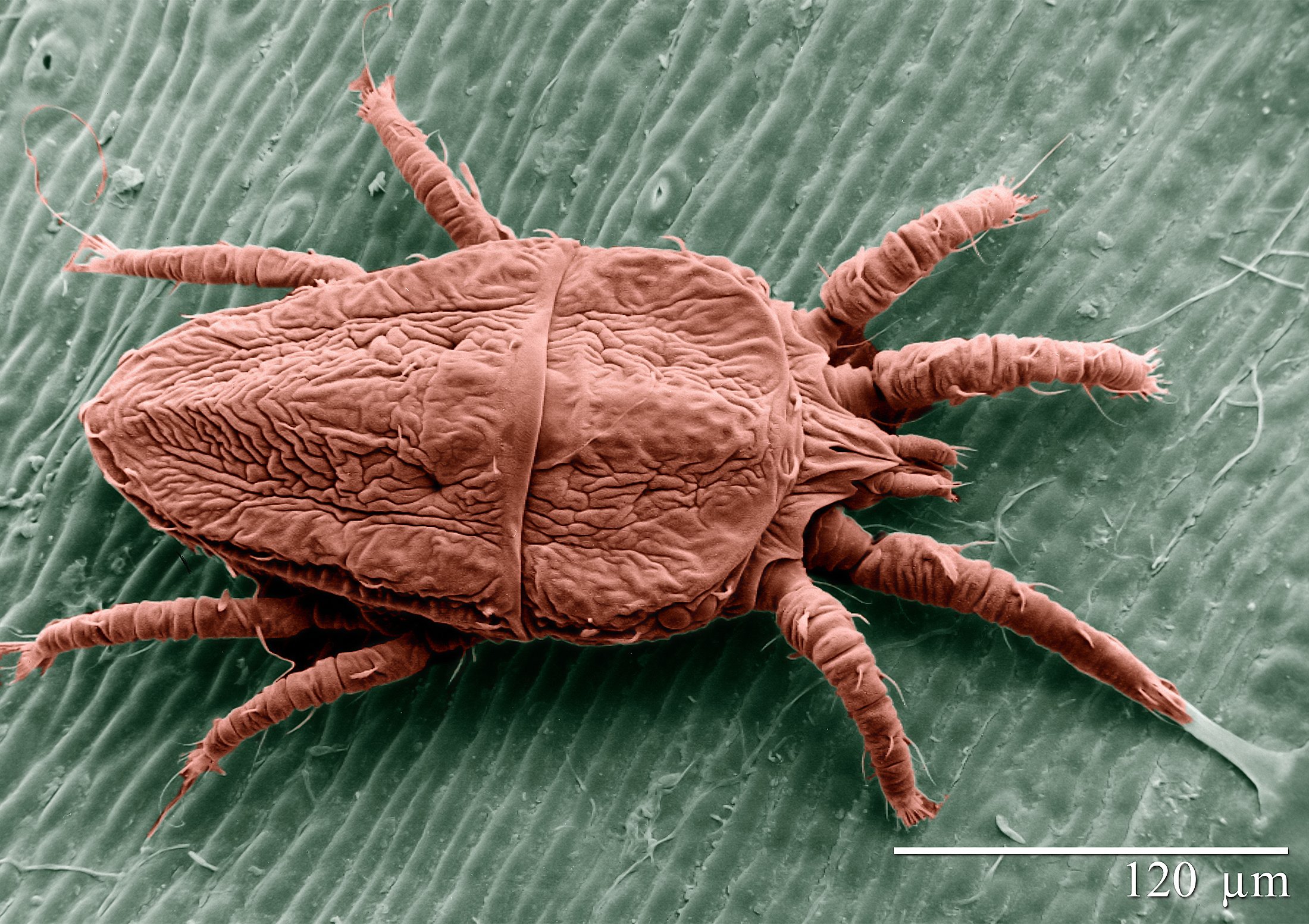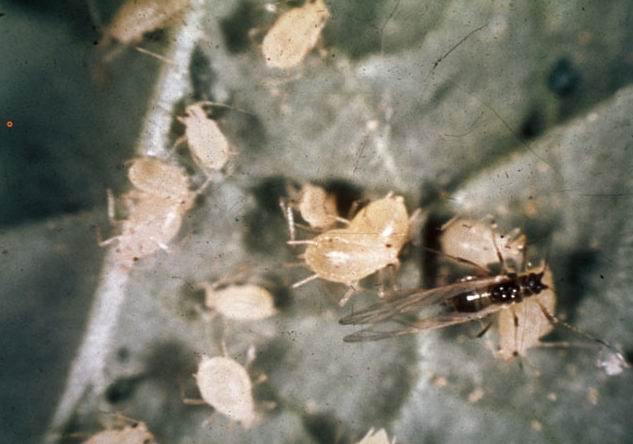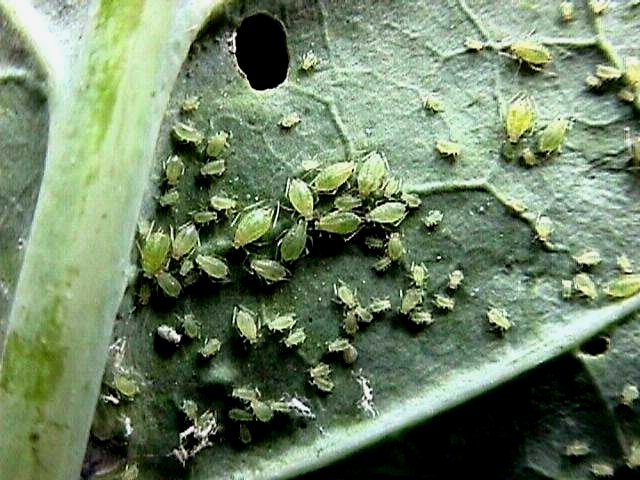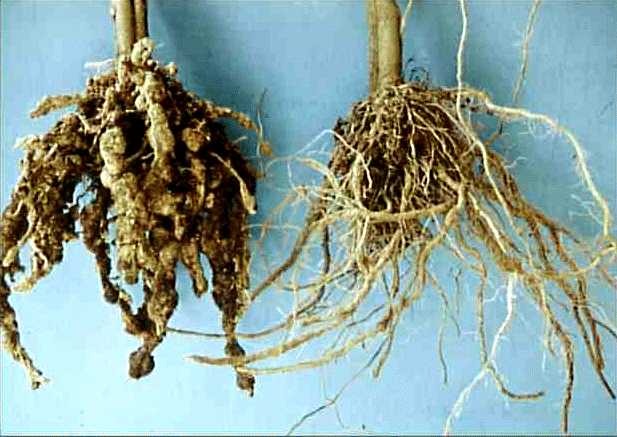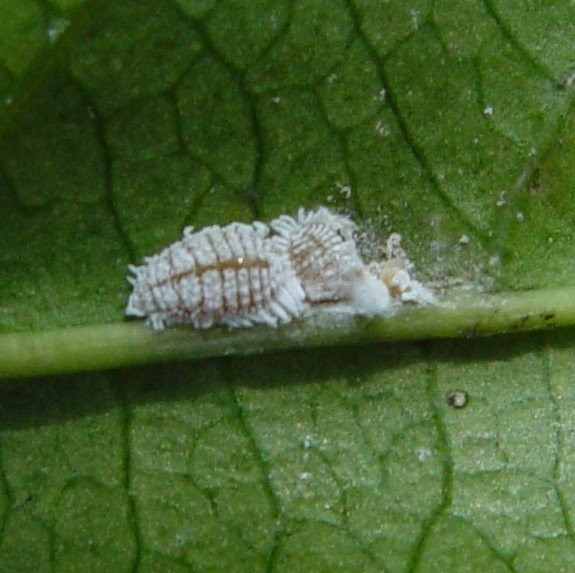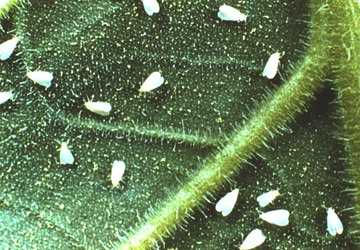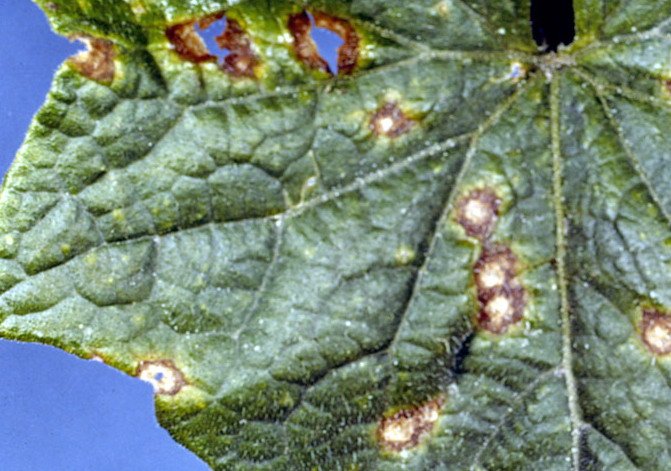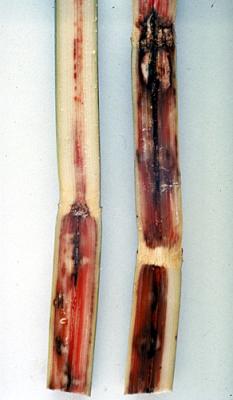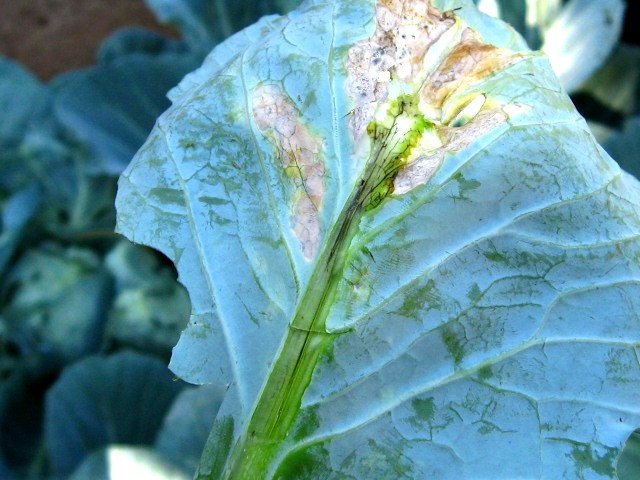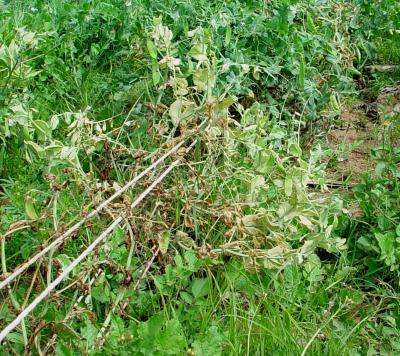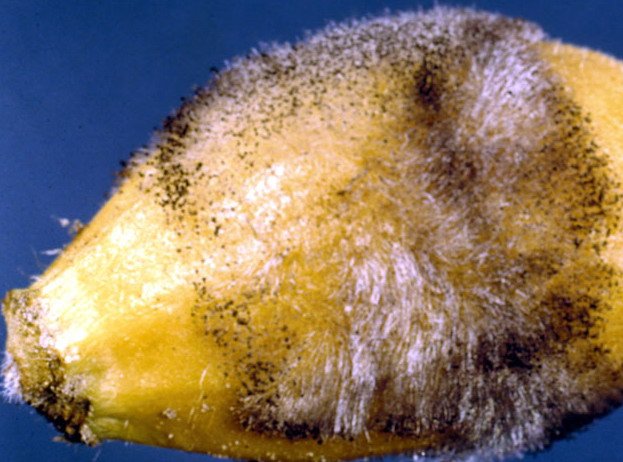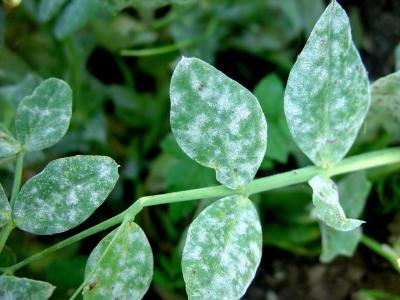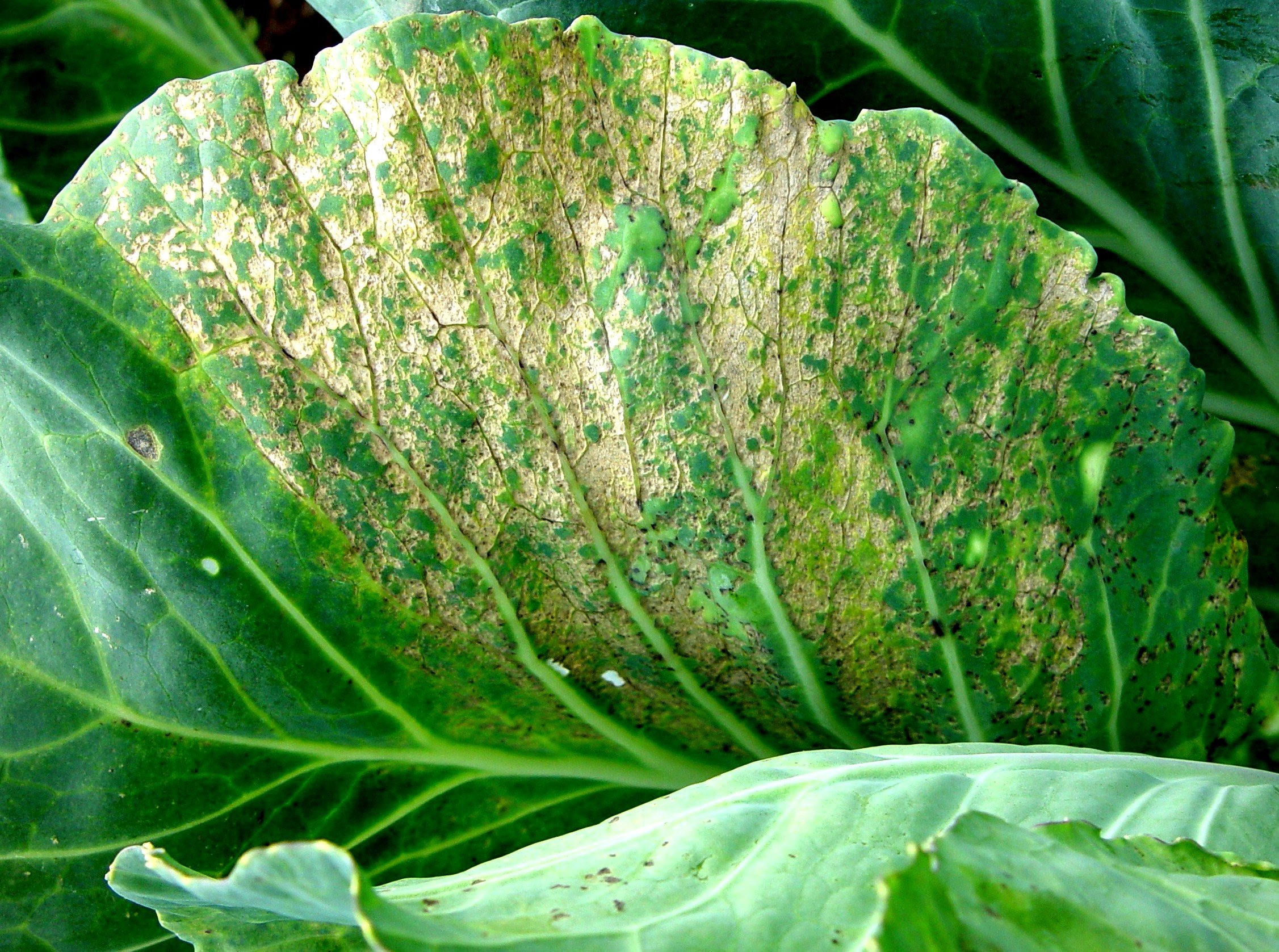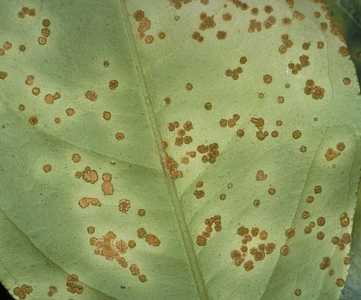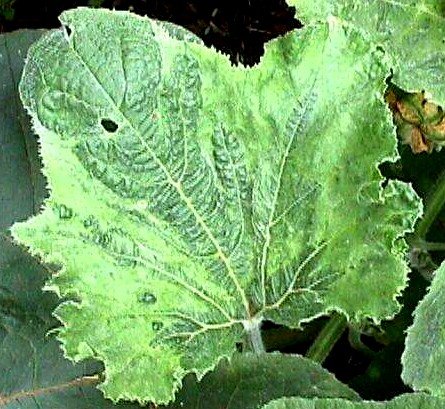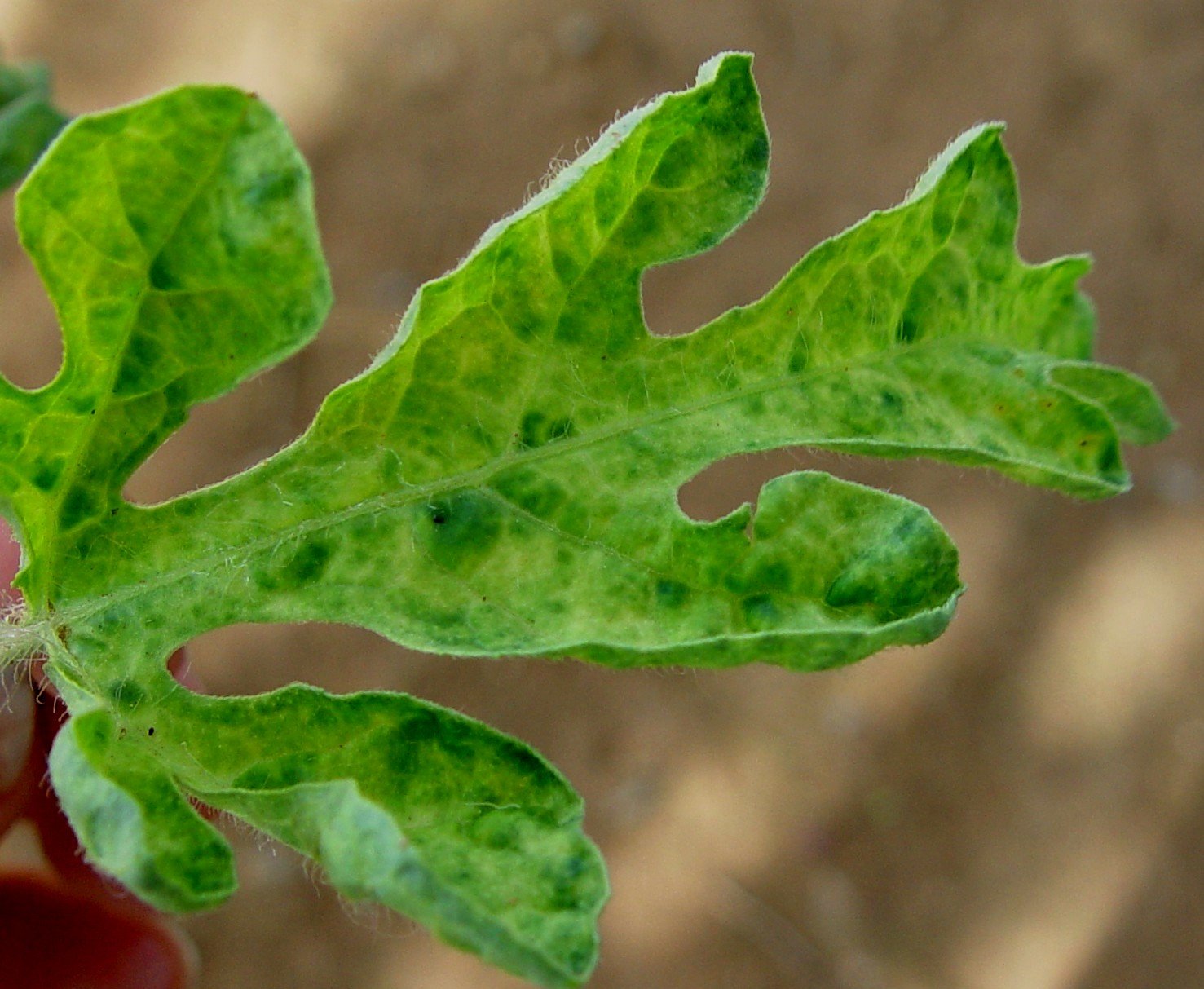Narrator :Su Kahumbu
In todays lesson we shall be covering nematodes. As we start let’s look at where they fit in the soil food web.
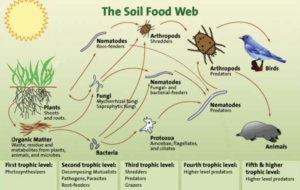
We can see that nematodes fit across 3 trophic levels, the second, third and even forth trophic level. This goes to show how critical they are in the goings on in our soils.
We can see that they are listed as root-feeders, fungal and bacterial feeders and also predators. How special is that?
Before we go into nematodes in detail, lets think about what we know about nematodes as farmers. And how we came to believe this about them.
Most of us have been told that nematodes are bad guys and girls. We have been told they need to be removed from the soil and we have been advised on using various pesticides to deal with them. We are told they destroy crops and tubers ….and some do. But, they do not do it to spite us , they do it because this is their food source. They don’t know we didn’t plant our crops for them and I am sure they don’t really care. So when we have nematode problems eating our crops, it is generally because we have attracted the specific variety of nematode into our fields due to our actions. You may be sitting back on your chair with your arms folded now asking yourself how this could be. But it’s easy to understand. Think back the the last few lessons. What are we learning. Ultimately the problems we have with our soils are self designed and self imposed. We know that a stable soil food web is a balanced food web resulting in healthy crops. We also know that our actions of tilling and use of synthetic inputs disrupts this stability. So from now on, lets all understand that infestations and damage by nematodes or infact aphids and other crops pests are of our own making. And we know how change this simply by building a stable soil food web, one which we can now see must include nematodes.

So what are nematodes?
Nematodes used to be called round worms but they are not the same type of round worms that infect people. Soil nematodes have unsegmented bodies and most are so tiny they can only be seen through a microscope. They are 5-100 microns thick and 0.1-2.5 mm long.
Nematodes help distribute bacteria and fungi through the soil and along roots by carrying live and dormant microbes on their surfaces and in their digestive systems.
In the soil, nematodes make nutrients available to plants, they help build soil structure, they stimulate prey groups and they also inhibit root feeding nematodes.
You may be wondering how they do this. Well, there are many types of soil nematodes and to understand them when we see them under the microscope we separate them into their function groups based on their mouth and digestive system characteristics.

There are bacterial feeders, fungal feeders, Switchers/omnivores, there are also predatory nematodes and root feeders. Obviously to feed on such diversity, nematodes must have especially designed mouth parts and it is here that we find the clues in precisely identifying them.

How do nematodes eat?
Bacterial feeders gobble up soil solution that contains bacteria. Fungal feeders have a really cool weapon like spear. In biology it’s called a stylet which they use to puncture the fungal hype before pulling the yummy food in the fungal hyphae into their mouths. Predatory nematodes eat other nematodes and seem to prefer eating their root feeding cousins. These cousins or root feeding nematodes also have a weapon that is designed to puncture roots. As roots cells are much thicker and harder to get though than fungal hyphae, the root feeding nematodes spear is assisted with an organ that looks like two little knobs. It uses this system to spring load it’s spear before releasing it into the plant roots. Root feeders can be catastrophic if their density is high but they are not of big significance in balanced soils as the predatory nematodes will keep their numbers down. Finally we have the omnivores nematodes which are are generalists, as they can feed on many different soil organisms. As they are relatively large, they are sensitive to disturbances such as tillage. They are also sensitive to pollutants and excessive inputs of nitrogen fertiliser.
Who eats nematodes?
Nematodes are eaten by micro and macro arthropods and soil insects with chewing mouth parts and also earthworms, predatory nematodes.

There are also some fungi that trap nematodes! They form loops when they grow and if a nematode goes through the loop they instantly swell up by sucking in water and trap the nematode! The fungal hyphae then grows into the nematode feeding off it’s nutrients and going along doing fungal business, producing spores as it grows.
And the poop loop continues

How do nematodes reproduce

Most Nematodes reproduce through production of eggs that are released in the soil though some species hatch the egg in the females body. Most species have female and males but some are hermaphrodites which means they are capable of self fertilisation.
Baby nematodes like most insects go through a a few growth stages before they become mature adults. Bacterial feeding nematodes mature very rapidly, in 2-8 weeks whilst predatory and fungal feeders mature later and can live for many years.
Where do beneficial nematodes they prefer to live?

Beneficial nematodes are require aerobic conditions. If oxygen levels drop below 6 ppm they die….However, their eggs will survive.
Nematodes are typically much larger than their pray.
What happens when conditions become unfavourable?
Nematodes don’t produce spores or cysts. They die if conditions are not favourable, spilling their nutrient rich bodies back into the soil back into the circle of life. Endo parasitic nematodes move into root systems for protection from outside disturbances.
Mineralizarion and immobilisation
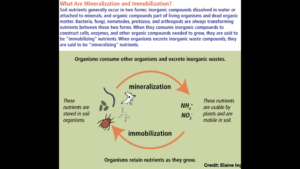
Based on what we know, lets try to imagine a world without nematodes. None of the micro or macroarthopods would survive . Would our soils be left in early successive stage only able to sustain weeds?

or would our soils collapse?

Lets have a look at the data from farmers across Kenya and see if we can see the links between declining yields and production systems.
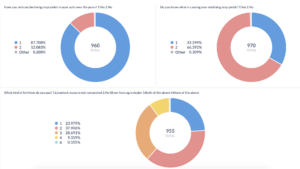
In a recently conducted survey on iCow we asked farmers if they had noticed declining crop yields over the years. 88% said yes
We asked if farmers knew why yields were declining 66% said No
We asked what fertilisers were being used. Almost all were using synthetic fertilisers or combinations with non-composted manure
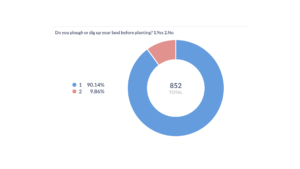
A staggering 90% said they ploughed their fields. Now lets think about the connections here. Farmers do not enjoy or plan on wasting time. Farm activities are expected to result in tangible outputs. So why is it that with all the ploughing, digging and adding synthetic inputs is resulting in reduced yields? With your knowledge from Lesson 1 to 6 you have learned about bacteria, fungi, protozoa and now nematodes. You have learned about the vital soil food web and how our actions can build this or disrupt it and you can see on your farms what happens now under the soil and the connections to what we do above the soil.
We’re not done yet.
Lets look at Nematodes! (Watch the Video above)
